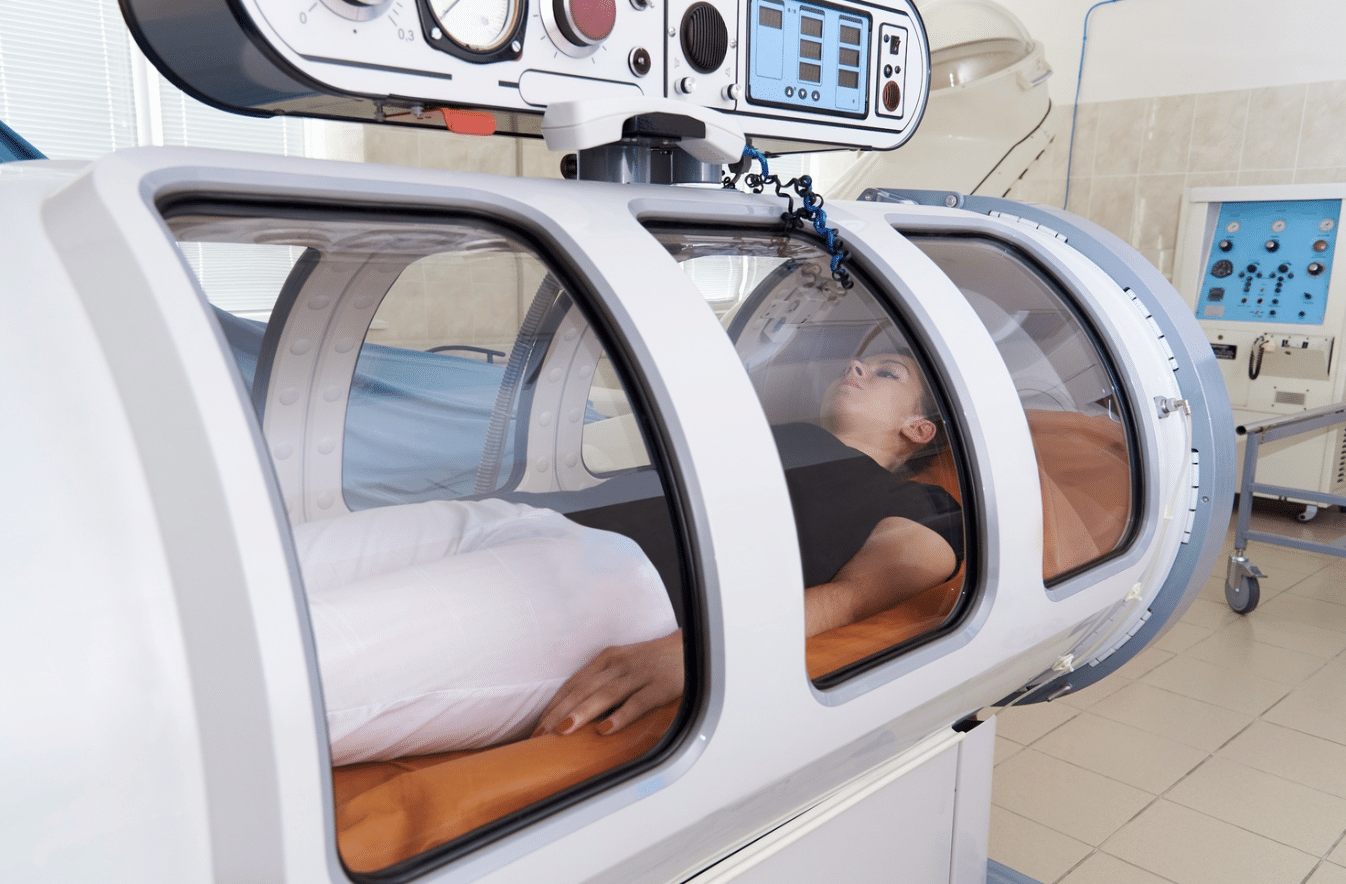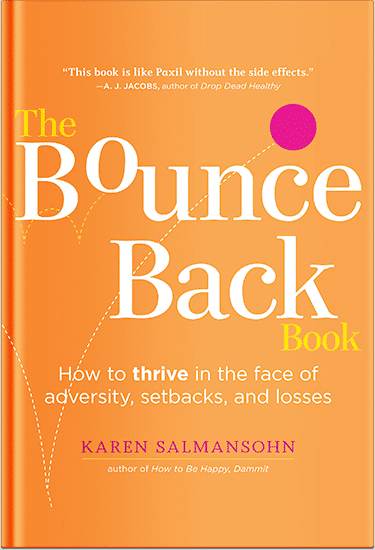 Hyperbaric oxygen therapy puts a person in a pressurized chamber where they breathe a high oxygen concentration. That push of oxygen into the blood helps tissues get what they need to repair themselves. Doctors rely on it for stubborn wounds, especially in diabetes and after radiation injury. Researchers are now testing it for problems outside that familiar zone, from neurological issues to inflammatory conditions.
Hyperbaric oxygen therapy puts a person in a pressurized chamber where they breathe a high oxygen concentration. That push of oxygen into the blood helps tissues get what they need to repair themselves. Doctors rely on it for stubborn wounds, especially in diabetes and after radiation injury. Researchers are now testing it for problems outside that familiar zone, from neurological issues to inflammatory conditions.
Overview of How HBOT Works
Inside the chamber, higher pressure drives more oxygen into the bloodstream than normal breathing can. Cells use that extra supply to make energy and support wound healing. Swelling and inflammatory signals tend to ease, and new blood vessels start to grow to bring in nutrients and remove waste.
The U.S. Food and Drug Administration has cleared HBOT for several conditions, but many other uses are still in the research stage. This broader interest exists because lack of oxygen and chronic inflammation sit at the core of many hard-to-treat illnesses.
Neurological Applications
HBOT shows promise for traumatic brain injury (TBI), stroke recovery, post-concussion syndrome, and cerebral palsy. In cases of TBI and stroke, injured brain tissue often suffers from low oxygen, swelling, and disrupted metabolic activity. Using a hyperbaric oxygen chamber helps deliver more oxygen directly into the blood, which can reach areas where blood flow is compromised. That oxygen supports the repair of damaged cells and limits inflammation.
Studies find that patients who receive enough sessions experience improved neuroplasticity, meaning the brain forms new connections, strengthens existing ones, and adapts. In one trial with chronic stroke survivors, 40 sessions of HBOT improved both life quality and motor function, even many months after the stroke occurred. Imaging techniques showed increased activity in previously underperforming brain regions.
In children with cerebral palsy, HBOT remains more experimental, but early results suggest better motor coordination when oxygen delivery, through use of a hyperbaric oxygen chamber, reduces tissue hypoxia and supports neuronal growth. Post-concussion syndrome patients often report gains in memory, attention, and processing speed after HBOT, likely due to both reduced swelling and restored metabolic balance.
Infection Control and Chronic Conditions
HBOT has shown value in treating chronic bone infections and in helping with radiation-induced tissue damage. In cases of osteomyelitis that resist standard surgery and antibiotic protocols, adding sessions of hyperbaric oxygen therapy raises oxygen levels in damaged bone. That promotes immune cell function and helps antibiotics work more effectively.
HBOT also helps fight anaerobic infections, since those bacteria thrive where oxygen is low. By supplying oxygen under pressure, HBOT disrupts the environment that favors such pathogens and supports clean-up by immune cells. It also reduces swelling and tissue damage caused by radiation, helping recovery in areas that have poor blood flow or ongoing cell death.
Sports Medicine and Recovery
Athletes use hyperbaric oxygen therapy as part of recovery from soft-tissue injuries, like muscle strains and ligament sprains. HBOT helps reduce swelling and inflammation in damaged tissues. Delivering extra oxygen under pressure supports faster repair of muscle fibers, which means less downtime between training or competition.
Some studies show HBOT speeds up the resolution of muscle soreness after heavy exercise. In one trial, athletes who had sessions soon after injury regained function more quickly than those who relied only on rest and physical therapy. HBOT may also help lessen fatigue by promoting better mitochondrial function and improving energy metabolism.
Putting HBOT alongside traditional recovery methods seems promising. It does not replace rehab or physical therapy, but it may shorten the waiting time for athletes to return to their sport.

Access, Safety, and Practical Considerations
Sessions in a hyperbaric oxygen chamber usually last between 60 and 90 minutes, though some protocols stretch longer depending on the condition being treated. Cost per session can vary widely. In U.S. clinics, rates are often USD$150 to USD$650 when insurance doesn’t cover the therapy. Hospital-based facilities tend to charge more.
Not everyone is a candidate. The only absolute contraindication is an untreated pneumothorax, which can become life-threatening under pressure. Other risk factors include certain lung problems, middle ear issues, and uncontrolled seizures.
Choosing a certified facility and working under medical oversight matters. Facilities should follow safety protocols, have trained staff, conduct pre-treatment screenings, and monitor patients during treatments. That reduces risks like ear barotrauma, oxygen toxicity, or air pressure–related discomfort.
Conclusion: Hyperbaric Oxygen Therapy
Hyperbaric oxygen therapy began as a treatment for decompression sickness and later found a place in chronic wound care. Research now shows that its pressurized oxygen environment may benefit conditions ranging from brain injuries to chronic infections and sports recovery.
The therapy increases oxygen delivery, limits inflammation, and encourages tissue repair and growth factors, which are processes relevant to many health problems. It is not a universal solution, but under medical oversight it can serve as a valuable addition to standard care in select cases. Ongoing studies will clarify where HBOT truly helps and where expectations should remain cautious.
P.S. Before you zip off to your next Internet pit stop, check out these 2 game changers below - that could dramatically upscale your life.
1. Check Out My Book On Enjoying A Well-Lived Life: It’s called "Your To Die For Life: How to Maximize Joy and Minimize Regret Before Your Time Runs Out." Think of it as your life’s manual to cranking up the volume on joy, meaning, and connection. Learn more here.
2. Life Review Therapy - What if you could get a clear picture of where you are versus where you want to be, and find out exactly why you’re not there yet? That’s what Life Review Therapy is all about.. If you’re serious about transforming your life, let’s talk. Learn more HERE.
Think happier. Think calmer.
Think about subscribing for free weekly tools here.
No SPAM, ever! Read the Privacy Policy for more information.
One last step!
Please go to your inbox and click the confirmation link we just emailed you so you can start to get your free weekly NotSalmon Happiness Tools! Plus, you’ll immediately receive a chunklette of Karen’s bestselling Bounce Back Book!


 Hyperbaric oxygen therapy puts a person in a pressurized chamber where they breathe a high oxygen concentration. That push of oxygen into the blood helps tissues get what they need to repair themselves. Doctors rely on it for stubborn wounds, especially in diabetes and after radiation injury. Researchers are now testing it for problems outside that familiar zone, from neurological issues to inflammatory conditions.
Hyperbaric oxygen therapy puts a person in a pressurized chamber where they breathe a high oxygen concentration. That push of oxygen into the blood helps tissues get what they need to repair themselves. Doctors rely on it for stubborn wounds, especially in diabetes and after radiation injury. Researchers are now testing it for problems outside that familiar zone, from neurological issues to inflammatory conditions.